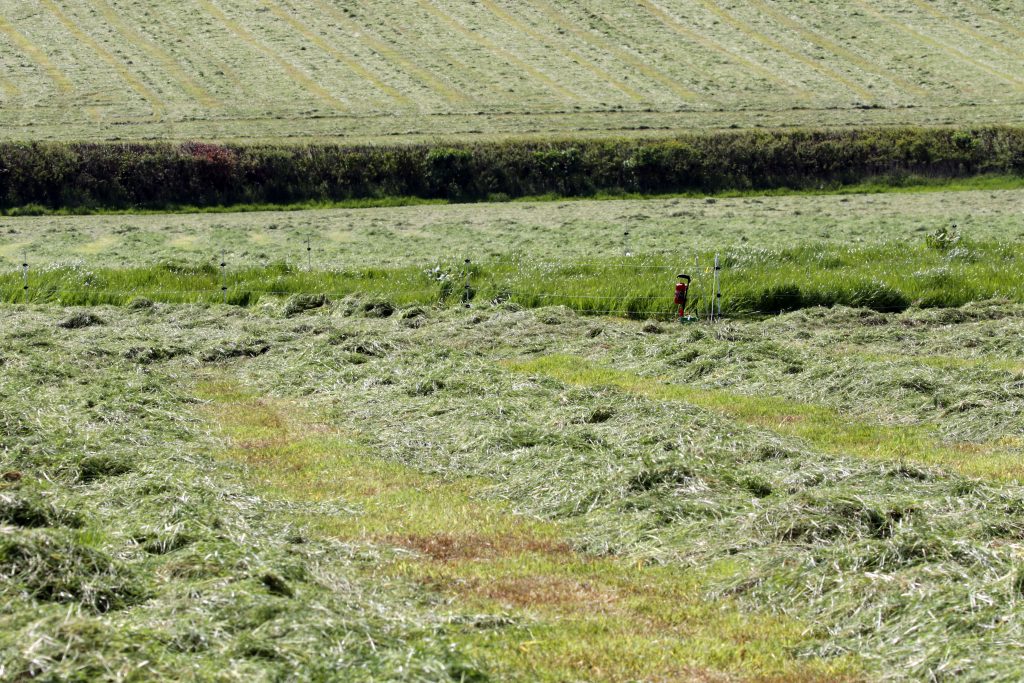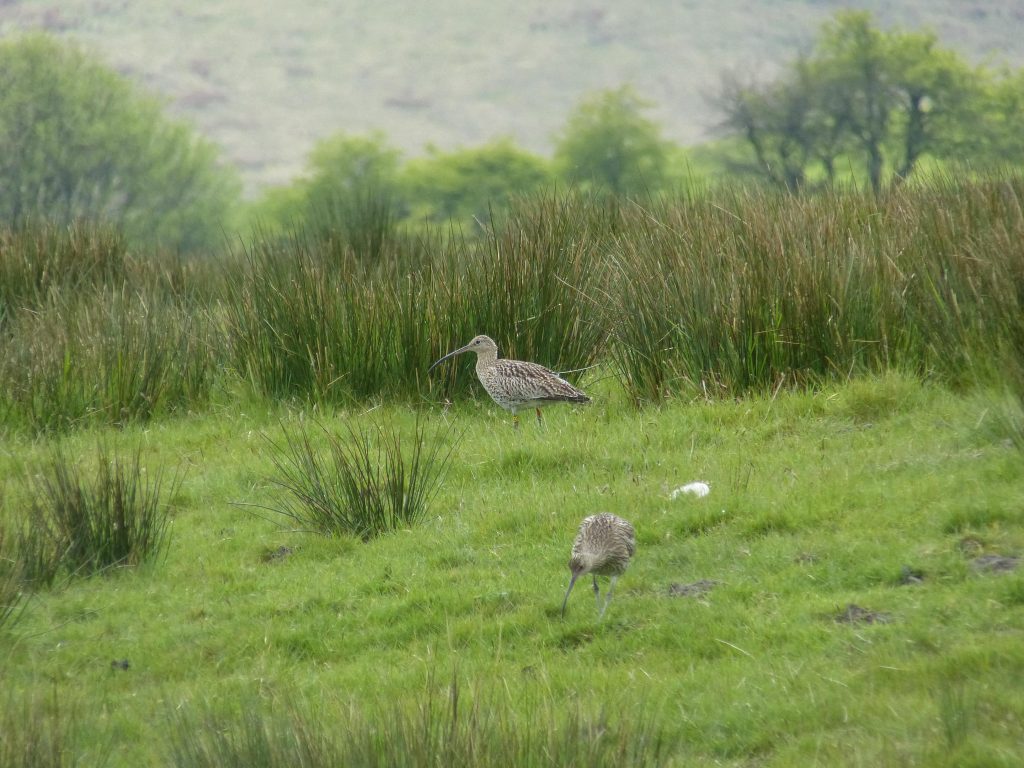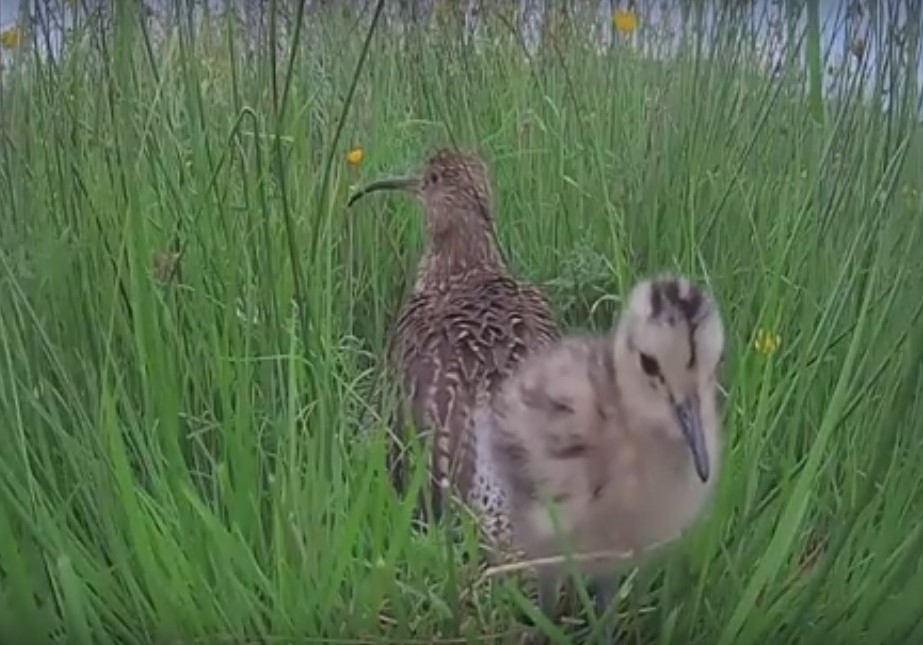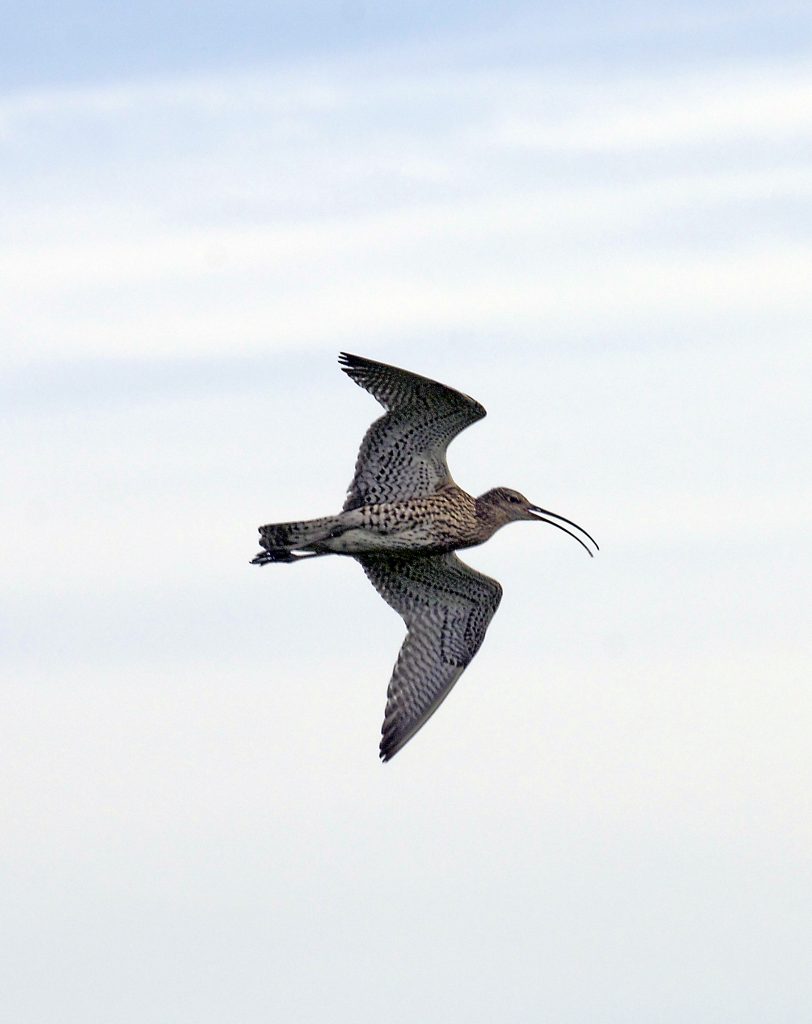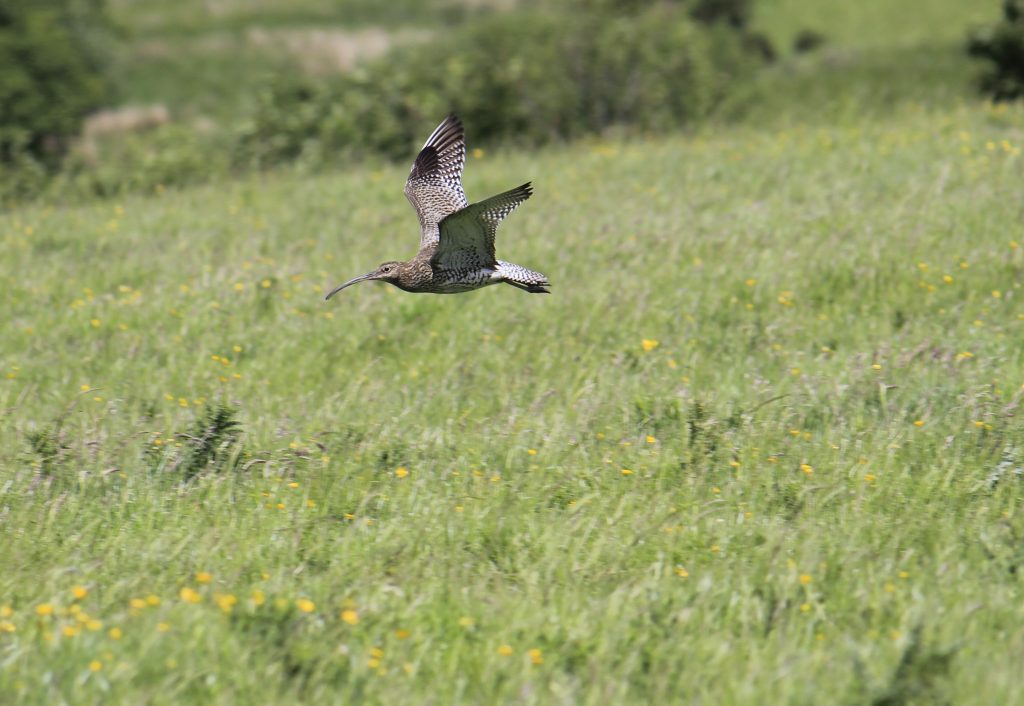Day 15
As part of the project we are working with a farm business manager to assess the cost to a farm business of supporting breeding curlew. We will feed back the results of our findings to policy makers to try and ensure that outcomes based agri-environment schemes will enable curlew populations to revive and thrive […]

